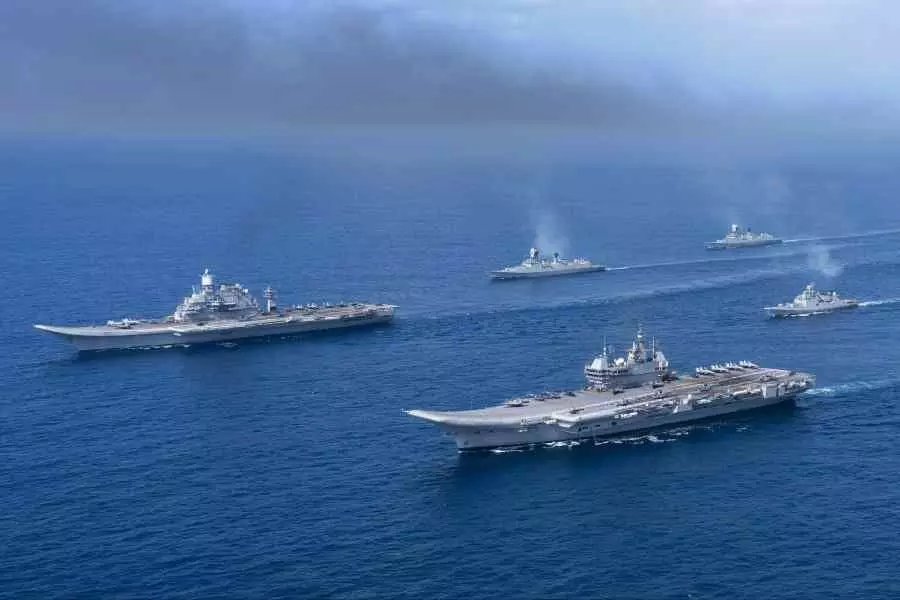Expansionary posturing

China is a vast land with a massive population, and its influence in global geopolitics has grown in commensurate terms. The hunger for more, however, refuses to die down. It is a known fact that China is embroiled in territorial disputes with several of its neighbours, and wields indirect control over nations located even in far flung areas, by way of its interference in the form of strategic infrastructure investment. Even more notorious is its flexing of muscles in the East and South China Seas. Irrespective of the merit of maritime claims made by China, which is embedded in intricate historical debates, the use of sheer might in exercising supremacy over other claimants is problematic for a peaceful world order. What adds fuel to fire is the US’ inherent antagonism against whatever China says and does. The world, like at certain instances in the past, is divided by a negative competition between two mighty rivals—creating a wedge between two polarised sets of nations.
No wonder then, maritime East Asia has evolved into a central arena for the geopolitical tussle, with the East and South China Seas emerging as critical flashpoints in the Indo-Pacific. The region’s strategic significance—encompassing sovereignty claims, vital trade routes, and vast energy reserves—has led to increasing tensions, driven primarily by China’s aggressive posturing and the West’s antagonism. China ostensibly hides its ambition under the garb of nation’s self-image and national security. Beijing’s long-standing claims over the Senkaku/Diaoyu Islands in the East China Sea and the majority of the South China Sea are seen by it as inviolable aspects of Chinese sovereignty. Smaller nations in the region often find their voices subdued. However, there is a strong sense of opposition to Chinese claims, emboldened by tacit backing by China’s rivals like the US.
Nations in the vicinity are forced to ramp up their defence infrastructure and procure high-end weapons—feeding the arms and ammunition market dominated by certain players. However, it will be a fallacy to presume that the entire conflict in the region is manufactured by the force of polarisation. The tangible stakes in the region are rather too high. Home to vast untapped reserves of oil and gas and key maritime routes, it has become a focal point for China’s power projection. Beijing’s deployment of its naval might, bolstered by its massive Coast Guard fleet, has created an overwhelming power imbalance between China and the smaller Southeast Asian claimant nations, including the Philippines, Vietnam, and Malaysia.
China has become notorious for using its ‘grey zone’ politics, wherein it avoids direct confrontations but keeps building installations at a constant pace while also patrolling the seas under different contexts. China also rejected the 2016 ruling by the Permanent Court of Arbitration, which invalidated its expansive claims in the South China Sea. Instead, Beijing’s strategy seems focused on creating facts on the ground—or, more precisely, on the water—by gradually expanding its influence through incremental but deliberate actions. Under such a circumstance, the West’s countering acts against China may seem prudent, if not completely ideal. While on one hand, the US and its ilk may be widening the wedge between China and other nations in the region, it has also helped keep the struggle of smaller claimants alive. For the world at large, the strategy for limiting China’s belligerence should be twofold—creating effective legal pressure and forcing China to come on the negotiating table with other nations in the region.



